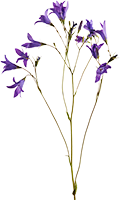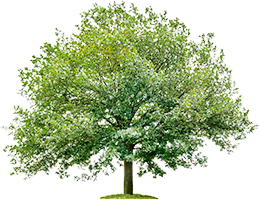PLANTS
Below are some examples of the plants that have been spotted at the mill pond. Click on the images for more information.
Below are some examples of the plants that have been spotted at the mill pond. Click on the images for more information.


H. non-scripta is particularly associated with ancient woodland where it may dominate the understorey to produce carpets of violet–blue flowers in “bluebell woods“, but also occurs in more open habitats in western regions. It is protected under UK law, and in some other parts of its range. A related species, H. hispanica has also been introduced to the British Isles and hybridises with H. non-scripta to produce intermediates known as H. × massartiana...
Sourced From Wikipedia


Allium ursinum is a bulbous, perennial herbaceous monocot, that reproduces primarily by seed. The narrow bulbs are formed from a single leaf base[3] and produce bright green entire, elliptical leaves up to 25 cm long x 7 cm wide with a petiole up to 20 cm long.[3] The inflorescence is an umbel of six to 20 white flowers only, lacking the bulbils produced by some other Allium species such as Allium vineale (crow garlic) and Allium oleraceum (field garlic).[4][3]:394[5]:902 The flowers are star-like with six white tepals, about 16–20 mm in diameter, with stamens shorter than the perianth.[3]
It flowers in the British Isles from April to June,[3]:394 starting before deciduous trees leaf in the spring. The flower stem is triangular in cross-section and the leaves are broadly lanceolate similar to those of the lily of the valley (Convallaria majalis)…
Sourced From Wikipedia


Recent classification systems of the genus recognize 10 to 13 species in two distinct subgenera, Engleriana and Fagus.[2][3] The Engleriana subgenus is found only in East Asia, and is notably distinct from the Fagus subgenus in that these beeches are low-branching trees, often made up of several major trunks with yellowish bark. Further differentiating characteristics include the whitish bloom on the underside of the leaves, the visible tertiary leaf veins, and a long, smooth cupule-peduncle. Fagus japonica, Fagus engleriana, and the species F. okamotoi, proposed by the botanist Chung-Fu Shen in 1992, comprise this subgenus.[3] The better known Fagus subgenus beeches are high-branching with tall, stout trunks and smooth silver-grey bark. This group includes Fagus sylvatica, Fagus grandifolia, Fagus crenata, Fagus lucida, Fagus longipetiolata, and Fagus hayatae.[3] The classification of the European beech, Fagus sylvatica is complex, with a variety of different names proposed for different species and subspecies within this region (for example Fagus taurica, Fagus orientalis, and Fagus moesica[4]). Research suggests that beeches in Eurasia differentiated fairly late in evolutionary history, during the Miocene. The populations in this area represent a range of often overlapping morphotypes, though genetic analysis does not clearly support separate species…
Sourced From Wikipedia


Oaks have spirally arranged leaves, with lobate margins in many species; some have serrated leaves or entire leaves with smooth margins. Many deciduous species are marcescent, not dropping dead leaves until spring. In spring, a single oak tree produces both male flowers (in the form of catkins) and small female flowers.[3] The fruit is a nut called an acorn or oak nut borne in a cup-like structure known as a cupule; each acorn contains one seed (rarely two or three) and takes 6–18 months to mature, depending on their species. The acorns and leaves contain tannic acid,[4] which helps to guard from fungi and insects.[5] The live oaks are distinguished for being evergreen, but are not actually a distinct group and instead are dispersed across the genus…
Sourced From Wikipedia